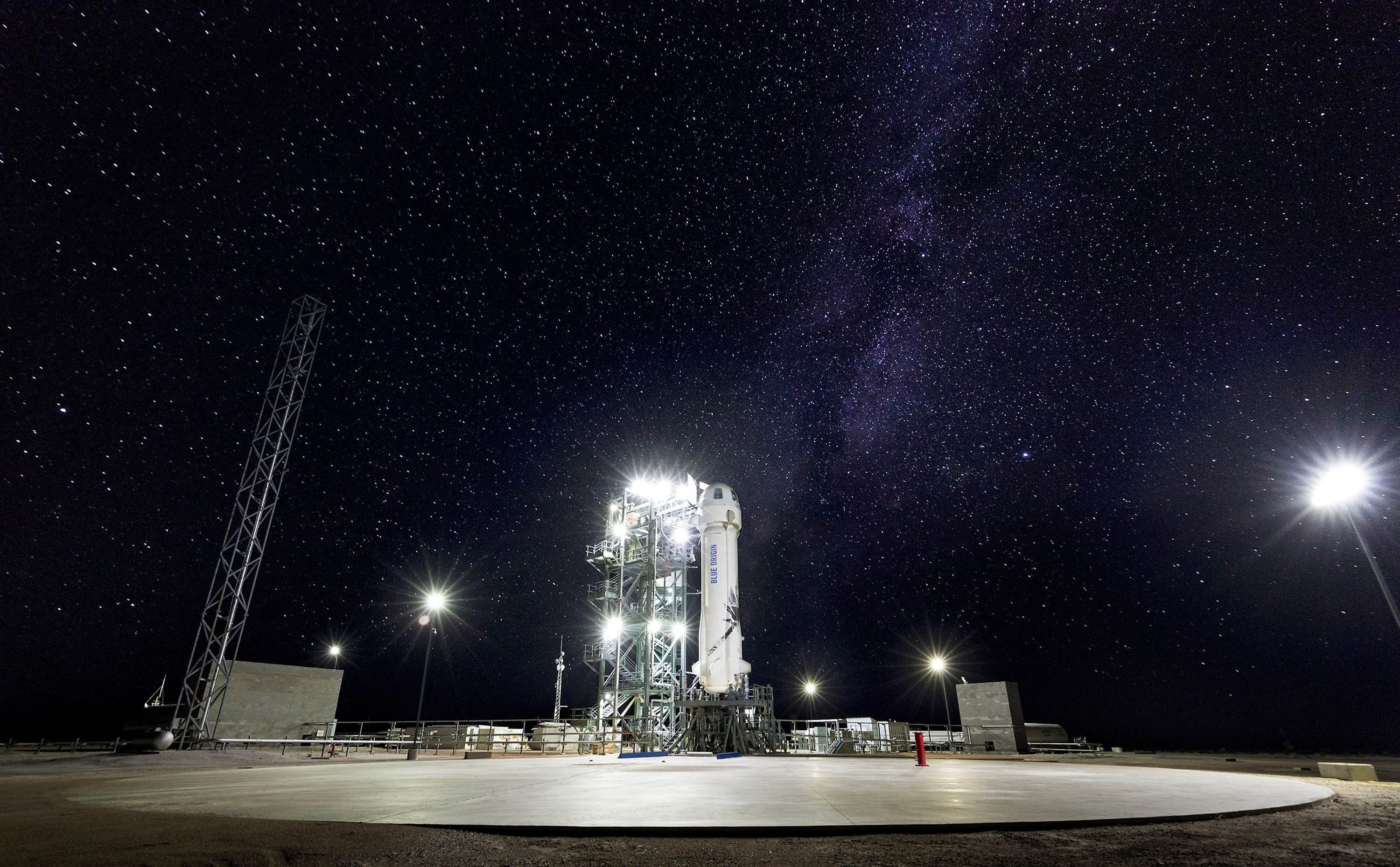Still observing the Earth after 25 years – 22 beyond its three-year primary mission lifetime – Landsat 5 collects valuable scientific data daily. Some attribute the satellite’s longevity to over-engineering. Others say it’s a long run of good luck. Whatever the reason, no one who attended the satellite’s March 1984 launch could have expected it would still be working today.
Landsat 5 is one of seven satellites in the Landsat Program, designed, built and launched by NASA, and operated by the U.S. Geological Survey (USGS). Only Landsat 5 and 7 are still operational. With the launch failure of the privately built Landsat 6 in 1993 and the launch of Landsat 7 in 1999, scientists would have had a 12-year gap in observations if Landsat 5 had only lasted for its primary mission lifetime.
Since 1972, a Landsat satellite has collected hundreds of thousands of digital images for the planet’s photo album. The "sun-synchronous" orbit guarantees that each Landsat spacecraft will observe the same location on Earth at the same time of day every 16 days, making it easy to observe changes. Landsat 5 alone has gathered more than 700,000 images.
Those images are much more than pretty pictures. They provide robust scientific information about a changing planet.
The Thematic Mapper instrument on Landsat 5 was built in the late 1970s with a resolution fine enough to resolve blocks of land about 100 feet wide per pixel – at a time when most people didn’t know what a pixel was. It was a second-generation imaging instrument in the Landsat program, flying alongside and eventually surpassing the older Multispectral Scanner System (MSS), which had a resolution of about 250 feet.
TM cannot resolve individual houses or trees, but it can see areas where houses have been constructed or forests have been cleared. If the resolution were any finer, Landsat might not have been able to capture large-scale land changes. The satellite’s resolution has been called "just-right" by Earth systems scientists.
Landsat 5 has charted urban growth in Las Vegas, monitored fire scars in Yellowstone National Park, and tracked the retreat of a Greenland glacier. Data from the satellite turns up frequently in scientific literature, and should continue to do so, particularly now that the images are available free of charge or copyright.
Beyond observations of change, the individual, static images have also proven useful in unforeseen ways. Cell phone companies – most of which did not even exist when the satellite was launched – now use Landsat images to scout the best locations for cell towers. Pilots in training see Landsat images when they enter a flight simulator. The Landsat catalog provides the backbone of Google Earth. The list goes on.
The circumstances that have kept Landsat 5 orbiting long enough to celebrate its 25th anniversary are part engineering ingenuity and part luck.
Engineers originally designed Landsat 5 to be retrievable by the space shuttle, so they added an auxiliary fuel tank to allow the satellite to meet the shuttle half-way during a rendezvous. When the idea of shuttle retrieval was scrapped, Landsat 5 found itself with a bounty of extra fuel, which it has used to maintain its orbiting altitude of 705 kilometers (438 miles).
The Landsat 5 and Landsat 7 satellites have proven to be resilient. Refined projections of fuel usage computed by USGS suggest that Landsat 5 and Landsat 7 could have sufficient fuel to operate at least through 2012, exceeding previous expectations. The next NASA land surface imaging mission is called the Landsat Data Continuity Mission and is scheduled for launch in December 2012.






